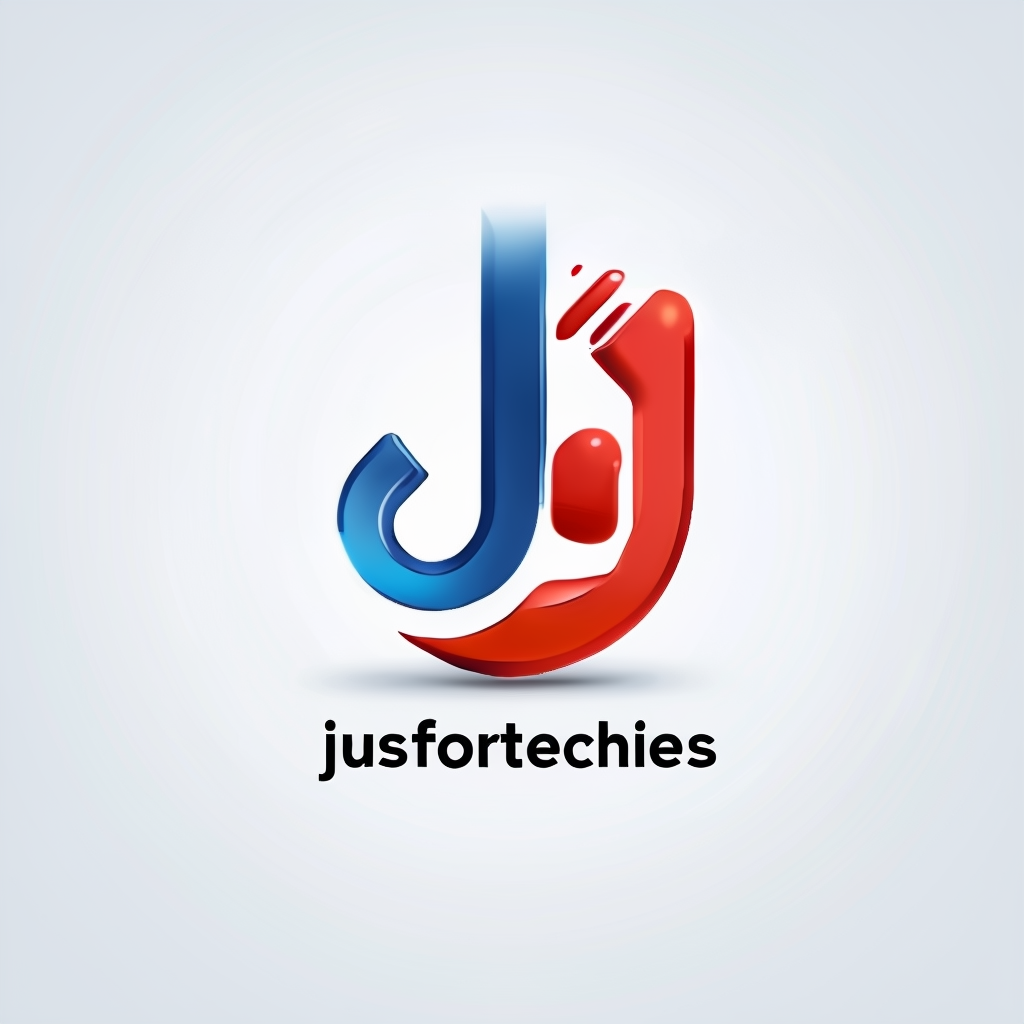Third party maintenance offers a cost-effective alternative to traditional OEM support by extending hardware lifecycles and reducing service expenses by up to 70%. With expert technicians available worldwide and customizable contracts, it ensures reliable, proactive care for your legacy IT equipment—helping your business maintain uptime without unnecessary disruption or overspending. Discover how this approach redefines hardware support efficiency.
Understanding Third Party Maintenance: Function, Cost, and Suitability for IT Hardware
When it comes to maintaining IT hardware, third party maintenance (TPM) stands out as an alternative to traditional Original Equipment Manufacturer (OEM) support. TPM services are delivered by external providers rather than the original hardware suppliers. They cater to a broad range of devices—from enterprise servers and storage arrays to networking gear and end-of-life systems. This structure means businesses can consolidate and simplify support for multi-vendor environments, moving away from juggling multiple OEM contacts. For comprehensive coverage and tailored service options, this page explains it in detail: https://evernex.com/data-center-third-party-maintenance/.
Also read : How are chatbots revolutionizing customer support services?
One of the main third party maintenance benefits is notable cost savings. Many organizations experience cost reductions of up to 70% compared to OEM service contracts, especially for legacy hardware past warranty or EOSL status. Vendors such as Evernex and others commonly offer fully customizable contracts, enabling companies to choose only the levels of support they truly need—helping optimize IT budgets and reallocate funding toward projects that drive growth. These savings stem both from extended hardware lifecycles and from flat, predictable support pricing that resists the incremental increases typical of OEMs.
When considering organizational suitability, TPM is particularly advantageous for companies running diverse or aging IT environments, where hardware replacement isn’t immediately necessary or feasible. Sectors like finance, healthcare, and manufacturing turn to TPM for uninterrupted uptime and consistent service delivery, even while managing legacy systems from brands like IBM, HPE, Cisco, and Dell. Multi-site businesses also benefit from the consolidation TPM providers offer, turning a web of vendor contracts into a single streamlined agreement. Thus, TPM suits any organization seeking longer lifespans from IT assets, budget flexibility, and high-quality, responsive maintenance.
Also to discover : Unveiling digital marketing missteps: key pitfalls to sidestep for success
Key Features, Service Models, and Leading Providers in Third Party Maintenance
Service Features and Coverage
Third party IT hardware support typically covers a vast array of equipment, from enterprise servers and storage systems to networking and legacy devices. Independent hardware maintenance services differentiate themselves by providing support for both current and discontinued products, including third party maintenance for Cisco equipment and robust solutions for legacy IT equipment. Service agreements can extend warranties, offer hardware break/fix services, and deliver rapid response on hardware failures—often encompassing assets that are unsupported by manufacturers. Many third party maintenance provider evaluation standards emphasize customizable coverage, flexible support hours, and the availability of expert engineers for various brands.
Multi-Vendor and Global Capabilities
Multi-vendor hardware maintenance solutions allow organizations to manage complex environments efficiently. These providers handle third party support for IBM servers, Cisco systems, and multi-brand infrastructures, all under consolidated contracts that simplify administration. Leading third party maintenance companies operate globally, ensuring round-the-clock assistance and support across diverse regions and mixed environments. Top-rated third party maintenance vendors utilize centralized helpdesks and extensive parts inventories to guarantee continuous uptime for distributed operations.
Provider Profiles and Selection Criteria
Evaluating third party maintenance provider evaluation factors involves reviewing expertise in supporting multi-vendor landscapes and responsiveness. Top-rated third party maintenance vendors, like Evernex, are recognized for rapid escalation, custom SLAs, and transparent communication. For organizations relying on third party IT hardware support and third party maintenance for legacy IT equipment, selecting a provider with a proven track record across vendor technologies and regions is pivotal.
Customization, Sustainability, and Challenges in Adopting Third Party Maintenance
Flexible service options: bespoke contracts, customizable SLAs, and tailored support strategies
Third party maintenance contracts and SLAs allow organizations to design support solutions that match unique requirements, unlike rigid OEM agreements. Businesses can establish customizable SLAs that specify response times, resolution methods, and preferred communication channels. This flexibility supports multi-vendor environments and varied global operations, making third party maintenance for data centers exceptionally adaptable. With scalability of third party maintenance services, coverage can expand as IT infrastructure grows, supporting both short- and long-term needs efficiently.
Equipment sustainability: lifecycle extension, reduction of e-waste, and cost management for legacy systems
Extending hardware lifecycle with external support is a central advantage, letting organizations maintain legacy equipment well beyond End of Service Life. This strategy minimizes e-waste by delaying disposal and maximizes budgets by avoiding costly premature upgrades. The benefits of third party maintenance for discontinued hardware include ongoing access to replacement parts and technical expertise, ensuring critical infrastructure remains productive.
Recognising risks and challenges: data security, vendor lock-in avoidance, and industry-specific limitations
Risk management in third party maintenance requires careful oversight. Considerations such as third party maintenance and data security, access to proprietary OEM diagnostics, and the potential for inconsistent regional support must be acknowledged. However, third party maintenance and vendor lock-in avoidance promotes operational independence, letting organizations pivot vendors or support models as business needs evolve.





